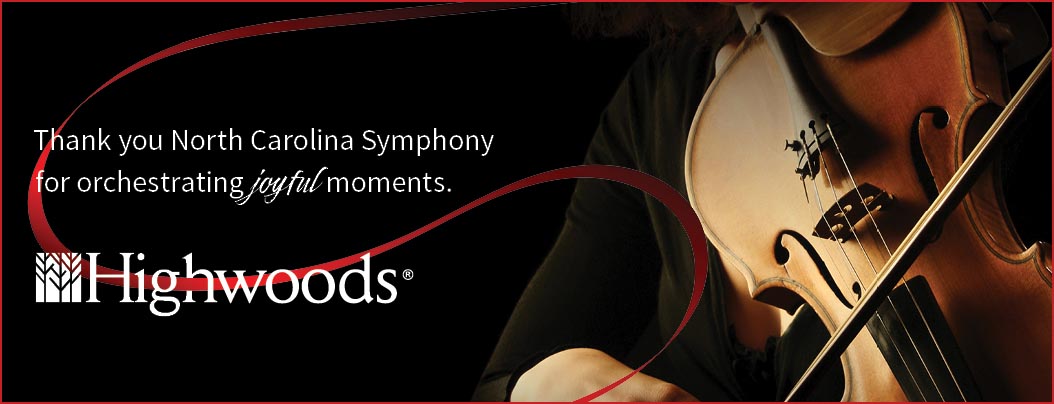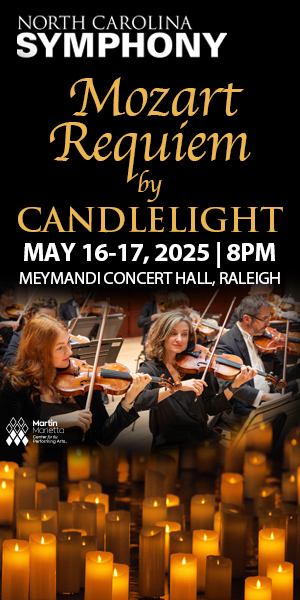La valse, poème chorégraphique
Maurice Ravel (1875-1937)
THE STORY
Vienna earned its reputation as the “City of Music” for being headquarters to composers including Mozart, Beethoven, Schubert, Brahms, and more. The city’s musical identity is arguably most defined by its association with the waltz, a dance known for its elegance and as a symbol of high society. The “Viennese waltz” is practically a genre unto itself, spurred by the hundreds of works of 19th-century composer Johann Strauss II (known as the Waltz King), including the famous “Beautiful Blue Danube.”
In 1906, Maurice Ravel wished to honor that rich history in a musical tribute. His work was interrupted by other projects and eventually by World War I during which he served as an ambulance driver. A front-row seat to the destruction of Europe, the loss of close friends, and the trauma of war affected Ravel deeply; by the time he resumed work on the piece in 1919, the once-admiring ode to Vienna and its defining dance had become something more sinister.
The piece, initially commissioned as a work for ballet, was turned down by Russian choreographer Sergei Diaghilev. However, it quickly became a favorite for orchestras. Though Ravel denied any commentary on the aftermath of war and described the work’s setting as “an imperial court, about 1855,” it is difficult to ignore the music’s journey from light and beauty toward chaos.
LISTEN FOR
- A sense of foreboding at the opening of the work; Ravel features the lowend of the orchestra—bass clarinets, basses, and bassoons—and instructsthe strings to use mutes
- The slow and continuous build as Ravel, famous for his brilliant orchestration, uses different combinations of instruments to create striking soundscapes
INSTRUMENTATION
Piccolo, three flutes, three oboes, English horn, two clarinets, bass clarinet, two bassoons, contrabassoon, four horns, three trumpets, three trombones, tuba, timpani, percussion, two harps, strings


